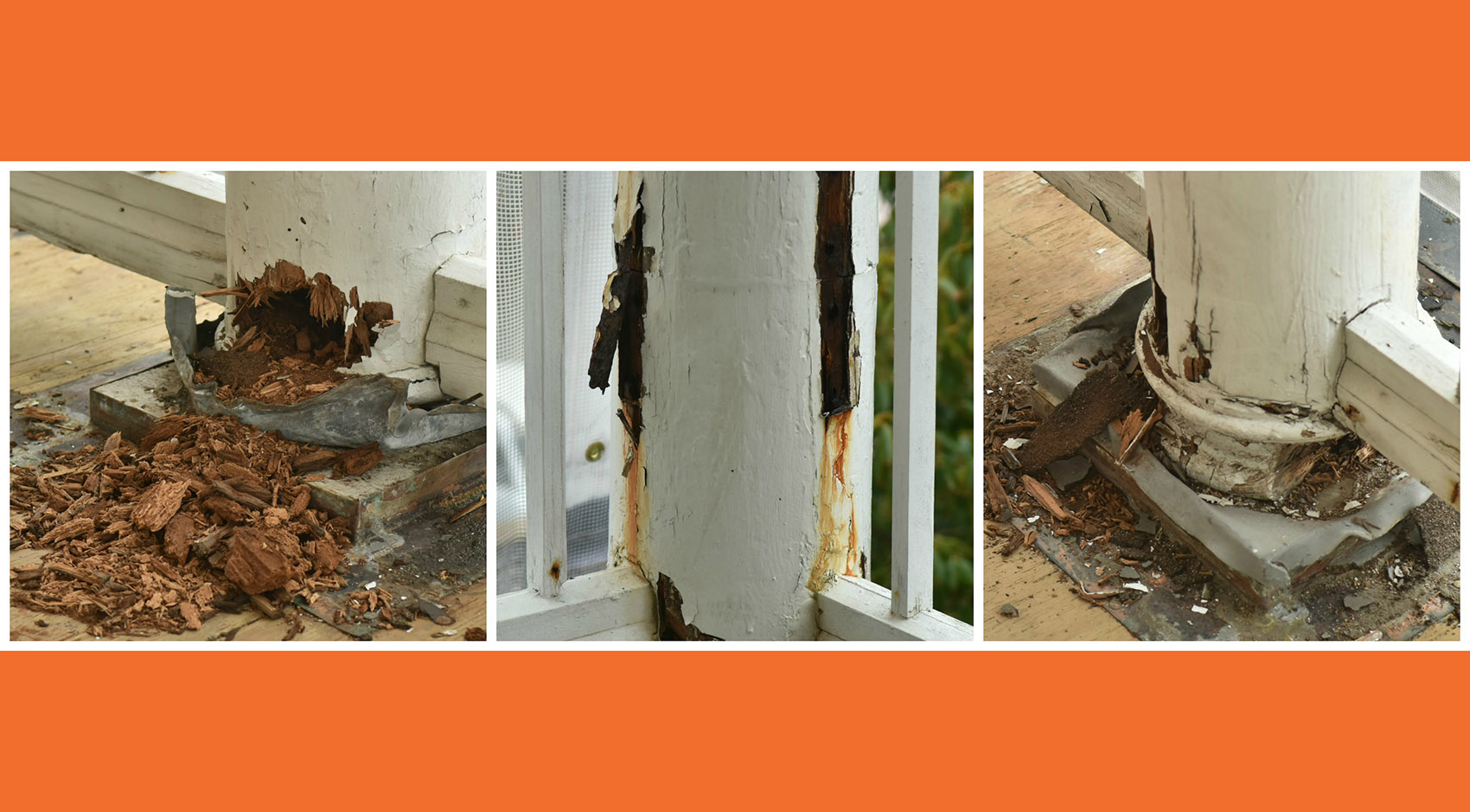 Here is a truism in most all historic renovation work. It is not difficult to make something look good on the day that work is completed. However, the real test of workmanship is that it looks good the year after and the next 50 after that. If a building has survived 200 years without a fundamental restoration then there is no reason at all why a modern repair should not last another 100 or more.
Here is a truism in most all historic renovation work. It is not difficult to make something look good on the day that work is completed. However, the real test of workmanship is that it looks good the year after and the next 50 after that. If a building has survived 200 years without a fundamental restoration then there is no reason at all why a modern repair should not last another 100 or more.
Good stewardship of our historic buildings, from either the owner or the craftsman involved in doing repairs, requires the correct procedures to begin with. There is nothing to gain, and everything to lose, when shoddy workmanship means that repair work fails within a few years. It reflects badly on the company responsible and hurts the customer significantly.
As we are in the middle of a major, extensive and detailed historic renovation. The Gadsden House venue, a Federally registered Grade 1 historic Federal Style home located at 329 East Bay Street right next to the Galliard Centre. In this project we have seen far too many examples of shoddy, below par workmanship. It delivers up a prime example of what not to do.
- The Gadsden House has a grand wrap-around Piazza erected as an addition in the late 19th Century. It is one of the largest in the city. The first and second floor are supported by no less than 20 tall wooden columns, each 15 feet high. Our climate is brutal on wood, alternatively cooking and freezing it then keeping it wet in our humid climate and attracting insects. However, with good workmanship and effective maintenance they should last beyond a lifetime.
- These columns were all repaired extensively in the 1990’s. They have now ALL failed again as shown above. The repairs were made to the lower 3 feet where we typically see rot building up. New wood was set in to the columns which is perfectly acceptable given they are under only compressive load and provided it does not form the majority of the cross section.
The problem is the bases were not part of the column and this allowed water to wick under the wood. Compounding this was that the base of the columns themselves were not sealed so water could then wick up inside the original column and the repair. The repairs were coated with epoxy which unintentionally locked the water in, allowing wet rot and fungus to proliferate. Adding to this injustice were mild steel straps used for some odd reason that simply corroded and failed, damaging wood and paint along the way.
It’s an awful mess and totally unnecessary. The cure now is to remove the columns one by one. Cut away the lower 4 feet and turn new wooden sections including the base. These will then be doweled and reconnected to the original 19th century timber before replacement. We are also considering a full replacement and to salvage the old columns for use on other projects. About $18,000-$20,000 of repair that would otherwise have been totally unnecessary.
It is important for anyone to learn, but doubly so for those of us that are stewards of culturally significant historic homes, to do the work right to start with and save everyone the frustration and headaches that come along with the re-do later on.
Interested in Learning More?
Our expert teams - from development, investment, real estate, and property management - have experienced it all and have the insight to help you along the way.
Find Out More